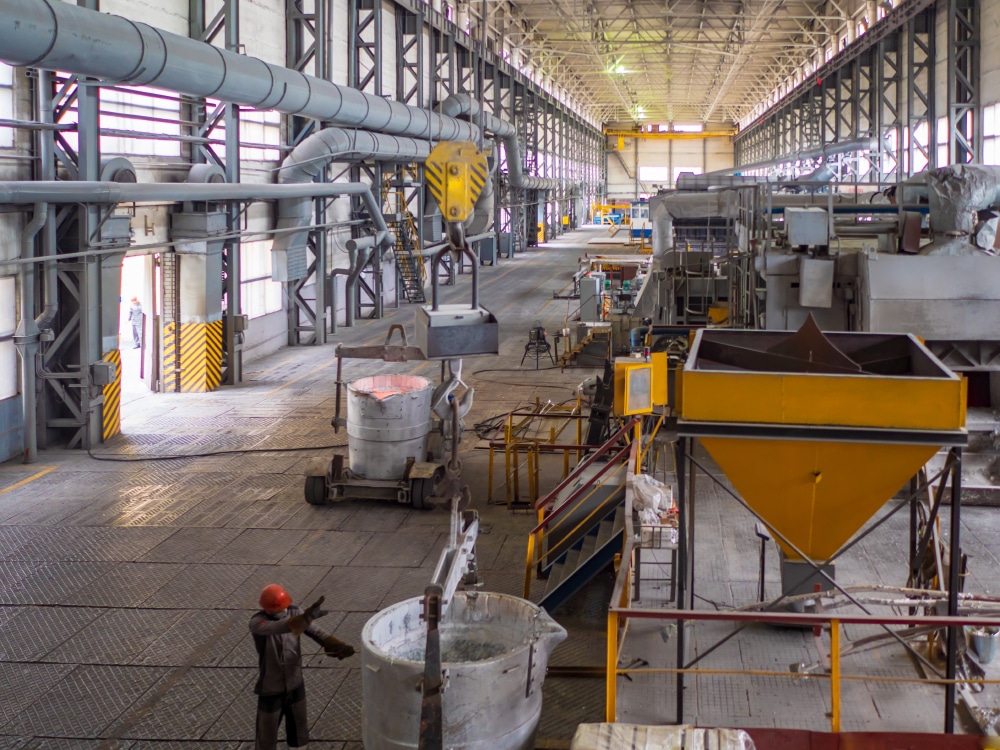Desperate Move? Russia Importing Aluminum Oxide from India Amidst Shortage

A somewhat desperate Russia has made some interesting moves relating to its need for aluminum oxide, also known as alumina. Recent reports indicate that the country began importing alumina from India several months ago. This is in addition to China, which already supplied aluminum oxide to Russia’s Siberian plants.
Obviously, Russia found itself on a sticky wicket after invading Ukraine, the latter being the world’s second-biggest aluminum producer. When the war started, Ukraine’s alumina refinery plant suspended operations. Soon after Australia placed a ban on aluminum ore exports to Russia.
In its hour of crisis, Russia then turned to China, just as it did for other commodities. In fact, in 2022, Russia was China’s biggest alumina buyer. But now, with some degree of revival in the Chinese economy, the red dragon needs much of the alumina for domestic production. This means Russia has to look elsewhere.
Upcoming negotiation on your aluminum contracts? Don’t go into any contract negotiation session without knowing 2024 aluminum price projects. Get access to MetalMiner’s 2024 Annual Metals Outlook. See a sample copy and subscribe.
Rusal Struggling to Meet Aluminum Oxide Needs Through Imports
Outside of China, Russia’s Rusal is the biggest aluminum producer. However, according to LiveMint, the company continues to struggle to fill the gaps left by suspended supplies. Indeed, Rusal procures about 70% of its requirements from its own alumina assets located inside Russia’s borders. It supplements these with supplies from Jamaica, Ireland, and Guinea.

This amounts to roughly 5.5 million metric tons (MT), meaning Rusal must purchase around 2.3 MT of alumina each year in order to meet its targets. Besides India, another country that recently joined Russia’s import list is Kazakhstan. However, according to Reuters, Kazakhstan may have to cut down alumina supply to Russia by 5% in 2023 as it requires it for domestic use.
Aside from setbacks like this, importing continues to prove a very expensive solution. Because of Rusal’s reliance on other countries, analysts say the company will remain dependent on the international alumina market’s price and supply-demand fluctuations for at least five years. Meanwhile, aluminum oxide and the cost of delivery went up by US $1.1 billion to $1.8 billion in 2022.
Subscribe to MetalMiner’s free weekly newsletter now and get weekly aluminum market updates, commodity price news and valuable metal market insights.
Rusal’s Reliance on Imported Alumina
Rusal itself recently acknowledged its reliance on imported alumina after restructuring its raw material supply chain. Moreover, some reports predict that Rusal’s total alumina costs will decrease in 2023 compared to last year.

Meanwhile, the pickup from India has been dramatic. In fact, India’s Commerce Ministry reported the country’s alumina export to its “old friend” Russia went up to 2.58 lakh tons in April-February 2022-23 (FY23) compared to nil in the same period last year.
According to an Indian Customs report, China remains a very large supplier of alumina to Russia, but India is now second on the list. Indeed, in the first half of this year, Russia bought 189,379 MT of Indian alumina. China, on the other hand, shipped 485,160 tons between January and June.
Rusal Optimistic, but Russian Metal Remains a Polarizing Topic
Despite some rough weather on the raw material front, Rusal maintains that it is quite positive about next year’s deals. Specifically, the company cites increased demand from the automobile and high-voltage electricity cable sectors.

Facing a situation where there remains a gap between demand and supply, Rusal recently announced the building of an alumina plant in a Russian Baltic Sea port. The company expects the project to cost about US $4.8 billion. That said, the first phase of production, which will add about 2.4 million tons per year to capacity, likely won’t be commissioned until the end of 2028.
Sourcing aluminum from Russia post-Ukraine war continues to divide global producers and consumers. Rusal still accounts for about 6% of the global aluminum supply. However, while some European consumers refuse to purchase Russian metal, others continue to do so. This is mainly because there are yet no sanctions specifically targeting Russian aluminum. Meanwhile, Rusal states that Asia and Europe remain the company’s key markets, with around 30% of revenue in the first half of 2023 is coming from those regions.
Get all of the latest metal price trends from MetalMiner’s free Monthly Index report. This document contains monthly price-indexes for 10 different metal industries, including aluminum, copper and steel.


Leave a Reply